Madeira, an autonomous region of Portugal, is an archipelago of four islands off the coast of Morocco. One week is just enough for a spectacular Madeira itinerary.
We spent nine days on Madeira, the largest of the islands, marveling at its cliff-side vistas, hiking a variety of landscapes, and, of course, drinking the famous Madeira wine.
TIP: Seven months ago we visited another autonomous region of Portugal – the Azores – where we enjoyed lush landscapes and hot springs. The Azores are fairly easy to reach from the Eastern United States so consider this as an alternate Portuguese destination depending on your location.
Table of Contents
Getting to Madeira
Christiano Ronaldo Madeira International Airport (FNC) is located outside the regional capital of Funchal and is one of the top ten most dangerous airports in the world due to its unique but perilous location with the twice-extended runway overhanging the ocean. Pilots undergo special training to land at FNC. We flew on TAP Air Portugal, via Lisbon, using miles.
FUN FACT: The Madeira international airport was renamed in 2017 in honor of the Madeira football (soccer) player Christiano Ronaldo. He’s the most popular sportsperson on social media with 277 million followers as of June 2017. As a result, you’ll find busts and statues across the island celebrating his success and fame. If you’re a fan, visit the CR7 Museum or stay in the CR7 hotel in Funchal.
Getting around Madeira
Although we rented a car, we used the bus to travel within downtown Funchal.
TIP: The simplest way to view bus routes is on Google Maps. Up-to-date fare information can be found here.
Outside of Funchal, we drove everywhere – a rental car provides the freedom to explore on your own timetable. The only downside is that some of the recommended hikes are one-way which means your car will be left at the starting point. However, the top hikes on our list were round-trip so we didn’t have a problem.
Reviewing the search results for driving on Madeira island may give you pause in renting a car but, truth be told, it isn’t difficult. As with most European countries, smaller cars with a manual transmission are the norm.
FUN FACT: Over 80% of vehicles sold in Europe and Japan have manual transmissions whilst only 3.9% of cars sold in the United States have a manual transmission.
The roads are well maintained but the terrain is very mountainous. You’ll be driving on roads with many curves as well as repeated switchbacks. Some roads aren’t wide enough for two vehicles to pass and some hug the cliff-side so be prepared to reverse or pull off to allow traffic to pass.
As a result of the terrain, you must be comfortable with hill starts in a manual transmission vehicle. All in all, just drive safely and as cautiously as you would anywhere.
TIP: Rental car agencies (we used Sixt) may try to upsell you to a larger and more powerful vehicle. We fell for this and it caused our only driving challenge: the vehicle was simply too wide for some of the roads, especially the private driveways of our Airbnbs! Whilst a more powerful vehicle is welcome, we’d caution against renting a SUV or a car with a wider wheelbase.
Madeira Accommodation
Most information we read recommended staying in Funchal as a central base to explore the island. However, after visiting the Azores and experiencing first-hand how much driving time we saved with a bit of planning, we were keen to repeat the experience. After mapping out our likely activities, we decided that three separate accommodation locales would be ideal for our Madeira itinerary. Our selections were somewhat influenced by the fact this trip was also celebrating a milestone birthday of a special sibling.
TIP: We use Airbnb for unique accommodation as well as the opportunity to stay in local neighborhoods around the globe. In Madeira, we stayed in two different Airbnbs. Use this link to get a $20 credit towards your first Airbnb booking! Madeira also offers unique accommodation in the form of quintas – aristocratic country houses that have been turned into boutique accommodation. If this is more your style, consider Quinta Jardins do Lago.
Madeira Regency Cliff (hotel in Funchal – 2 nights)
The Madeira Regency Cliff hotel was selected for its oceanfront location, ocean-view balcony rooms, and included breakfast which we ate overlooking the ocean. The setting was paramount for this trip. Although the hotel was nice (except the small, difficult-to-maneuver parking area), if we were to visit again we’d stay in a more central Funchal location; perhaps at The Marketplace Apartments.
Casa da Portada (Airbnb in São Vicente – 3 nights)
This Airbnb was selected for its location. We thought it would be a convenient locale from which to explore São Vicente, Porto Moniz, and the Paul da Serra plateau area. The gardens on the property were beautiful but we wouldn’t hesitate to consider other options in the future. We had passed up this Airbnb in Porto Moniz and this Airbnb in Seixal and I think they each would have been more unique and interesting. Next time!
Casa típica de Santana (Airbnb in Santana – 4 nights)
This traditional house Airbnb in Santana was nicely appointed and we would highly recommend this property (and host) for a number of reasons. The Santana location, with nearby grocery store, was a convenient base from which to explore Santana as well as eastern Madeira. The property has been in the hosts’ family for many years and is well-maintained and extremely comfortable and cozy. Top it off with a thoughtful host who provided fresh bread, eggs, fruit, pastel de nata, and more!
TIP: Madeira has a Mediterranean climate with mild temperatures year-round. As a result, accommodation is not likely to have central heating. Space heaters are common to take the chill out of the air in the winter.
Madeira Food and Drink
Being that Madeira is an island, fish and seafood are a plenty: grilled limpets and the scary looking black scabbard fish (espada) are served almost everywhere. Another Madeiran specialty is beef kebabs (espetada): chunks of garlic-and-salt-rubbed beef roasted on a laurel stick over hot coals. Pair any meal with the local bread, bolo do caco, which is delicious. This bread is made with sweet potato and often served with garlic butter.
TIP: Espada and espetada can sound mighty similar. Order with care!
Locally grown bananas are abundant, as are other tropical fruits. Enjoy the fruits in beverages: fresh fruit drinks or the famous poncha. Traditional fisherman poncha is made with local rum, honey, and lemon but you’ll find tropical flavored poncha, such as passionfruit, almost everywhere. Be careful, the taste can be deceitful – it’s quite high in alcohol.
TIP: The Northern Milling Company, in the village of Porto do Cruz, is a functional sugar cane rum distillery. Watch the process in action between March and May; other times of year stop in to sample the rum varieties.
Bolo del mel – honey cake – is a sticky traditional Madeiran cake made with molasses. It pairs well with the famous Madeiran wine which is unique because it is fortified and aged under heat.
TIP: Check hours and tour times for wineries. Blandy’s has tours Monday – Saturday with only 1-4 time slots per day.
Madeira Activities
Activities are categorized by hiking, cultural attractions, and other activities and points of interest. Further below you’ll find a suggested day-by-day Madeira itinerary and corresponding map.
Madeira Hiking
Madeira is a paradise for hikers. There are twenty eight (28) hikes – identified as PR ## – that are officially recommended by the government of Madeira. Bookmark this page on the regional tourism site to check current conditions of each route. The site also has a difficult to locate downloadable walking brochure with maps and descriptions of each hike. For your convenience, it can be downloaded here.
TIP: The most popular Madeira resource is the Sunflower guide. Whilst this book provides extremely prescriptive walking guides, it is not organized in a manner conducive to constructing your own daily itinerary on a whim.
Many hikes follow alongside levadas (aqueducts). These small irrigation canals were built beginning in the sixteenth century and continued to be built through the 1940s. Today there are 1350 miles (2150 kilometers) of irrigation canals traversing the 35 mi. x 13 mi. island.
Our favorite and the MUST DO hikes on a brief visit are as follows:
PR8 Vereda da Ponta de São Lourenço
This hike is a MUST DO for its fabulous views. We arrived prior to sunrise and, with our headlamps lighting the way, we walked for about 15 minutes until we found a hillside. We climbed up the hill and watched the spectacular sunrise over the ocean. Afterwards we continued for 4 km. (~2.5 mi.) on the up-and-down hike until we reached a fork in the path. The end of the route contains a loop. Go left and you can walk down to the water and a dock. As you circle the loop, behind the building, there is a steep path up. Don’t skip this last part – the view at the top – the easternmost point of Madeira is stunning. Return the way you came.
TIP: Go early to enjoy a sunrise (and avoid the crowds). Walk about 10 minutes and look for a fence on your left. Climb up the hill on the left immediately prior to the fence to watch the sun rise.
PR9 Levada do Caldeirão Verde
This hike is a MUST DO to experience walking along the cliff-side levada and through tunnels. The entrance to PR9 is within Parque Foresta de Queimadas (Queimadas Forest Park). At the entrance to the park is a traditional house (which you’ll otherwise see in the city of Santana). The park also contains Laurisilva Forest flora (further details in the Culture section on this UNESCO World Heritage property).
TIP: There is no entrance fee nor parking fee. An enterprising gentleman was directing cars into parking spots and requesting payment. This is the only time whilst in Madeira that someone tried to put one over on us.
You’ll be walking alongside the levada for a large distance and, at times, it will require stopping to allow others coming from the opposite direction to pass safely. Be patient. You will also pass through four (4) tunnels – bring a headlamp! Caldeirão Verde translates to Green Cauldron and this will be your treat at the end of the 6.5 km. (~4 mi.) trek. Pack a lunch and enjoy a rewarding swim if the weather cooperates. It is possible to continue walking beyond the Green Cauldron but, given all the other amazing and varied walks and experiences on Madeira, we’d recommend turning back at this point so you can do even more.
PR1 Vereda do Areeiro / PR 1.2 Vereda do Pico Ruivo
This hike is a MUST DO for its mountainous views. Unfortunately we’re not saying this from first-hand experience because we did not have clear enough weather to complete this trek. But, here’s what we know: there are at least two ways to approach this hike. You can spend an entire day hiking PR1 from Pico Areeiro to Pico Ruivo (the highest peak of Madeira). Or, you can begin in Achada do Teixeira and travel 2.8km to Pico Ruivo (PR 1.2).
So, whilst we were unable to complete the hike, we still drove to the top of Pico Areeiro. And, with one gust of wind, the cloud cover cleared for just a few minutes. We scrambled down the path as fast as we could in those few minutes and relished the view. We can only imagine it gets better and better.
TIP: Weather varies quite a lot across Madeira. There’s a webcam on top of Pico Areeiro. Check the current conditions here.
PR6 Levada das 25 fontes
This hike is located in Paúl da Serra, a plateau at 1500 meters above sea level. A shuttle (5 Euros round-trip) runs 2km from the large parking area down 200m to Rabaçal. This is the starting point for any hikes.
TIP: Take the shuttle. We didn’t and should have. The ascent is brutal and we also would have had more time amongst the Rabaçal levadas.
Walk 37 in the Sunflower book outlines a hike of about 12.5km that begins in Rabaçal and passes three levadas: Levada do Risco, Levada das 25 Fontes, and Levada da Rocha Vermelha. In addition, you’ll view many waterfalls. Be sure to enjoy a drink and treat at the cafe upon completion. Delicious!
Madeira Cultural Attractions
Madeiran culture is rich in tradition with prominent religious undertones.
- Striking white and stone churches can be found in every village and city. The 17th century church in São Vicente in known for its striking baroque interior.
- The Madeira Story Center in Funchal boasts interactive exhibits of Madeira’s history and is prominently featured on travel sites (and receives good reviews) but we can’t vouch for its quality. It seemed too touristy for our taste.
- The Mercado dos Lavradores (Farmers Market) is located in the city center of Funchal. It is a great way to check out local products and produce. Hours are Monday – Thursday 8:00 – 19:00, Friday 7:00 – 16:00, Saturday 7:00 – 14:00, closed Sunday.
- The quintessential Funchal experience is a ride on a basket sled (toboggan) through the narrow streets. Take the cable car up to Monte, fork over ~$32, and you’ll be propelled down 1.5 mi. by men in white pants and straw hats wearing custom rubber-soled shoes. Not to worry, they will cling to the sides of the sled to guide it along.
- The Museu de Arte Sacra (Sacred Art Museum) may be of interest to Flemish art enthusiasts – it contains a vast selection from the 15th and 16th centuries – whilst the Portuguese contemporary collection at MUDAS may be of interest to contemporary art enthusiasts.
- The city center of Santana boasts Casas Típicas de Santana (traditional thatched-roof houses) which host vendors demonstrating local crafts and selling traditional products. Wicker baskets are a product of the village of Camacha.
- Curral das Freiras (Valley of the Nuns) is a village surrounded by jagged mountains. The town is renowned for chestnuts and, in season, you’ll find them roasting on the street.
- Many hikes (see PR9 discussed above) lead into the Laurisilva Forest, subtropical vegetation that once covered huge swaths of the European continent. This forest, dating back to the Tertiary Era before the ice age, is now best preserved in Madeira resulting in UNESCO World Heritage site designation.
- The public art on doors in the cities and villages provide a peek into modern culture. The so-called Painted Doors project has many unique and clever installments.
- The famous Madeiran football (soccer) pop-culture icon, Cristiano Ronaldo, is celebrated in the CR7 Museum.
Other Madeira Activities and Points of Interest
There’s something for everyone on Madeira. In addition to the unique hikes, cultural activities and locales, there are charming towns and spectacular miradouros (viewpoints) at every turn. So, hop in the car and go explore. Here’s a subset of the beauty we found, sometimes when we least expected, as we wandered about the island:
Just be sure not to miss all of these activities and points of interest:
- Smell the flora and get lost in a garden. Take your pick; the most popular are Monte Palace Tropical Garden, Madeira Botanical Garden, and Palheiro Gardens. We opted to enjoy the fauna and flora in the free gardens scattered about the island.
- Whale watching excursions can be arranged from Funchal. Earlier this year we saw whales on an excursion off the coast of São Miguel, Azores – it was amazing!
- If you’re not up for the strenuous Pico Areeiro / Ruivo hike mentioned above, you can drive to the top of Pico Ruivo to take in the views. Depending upon the weather you’ll either see across to Pico do Areeiro or a lot of clouds. If it’s cloudy, stop for a drink in the mountain top cafe – the clouds may blow over and give you a window of opportunity to check out the view.
- Stand on the Cabo Girão glass-floored viewing platform to look down 1,900 feet from the highest European sea cliff to the Atlantic ocean below.
- Wander city streets and the streets of quaint coastal cities and fishing villages such as Ribeira Brava and Cȃmara de Lobos.
- Lighthouse lovers can walk around the lighthouse in Ponta do Pargo at the westernmost point of Madeira.
- Although we were hoping for sunny weather, the storms and rains gave rise to unexpected beauty in the waters surrounding Porto Moniz on the west coast. When the waves aren’t crashing down quite so violently you can enjoy a swim in the unique saltwater pools formed by the black volcanic lava rocks along the coast.
TIP: The pools in Porto Moniz charge a daily entrance fee. Walk towards the aquarium to the Cachalote Natural Pools which are free of charge but are without bathroom and other facilities. The natural pools in Sexial, near the Laje beach, are also free of charge.
- Never been in a cave? Explore lava caves at the Grutas de São Vicente.
- You’ll likely take a cable car from Funchal to Monte but there are many other places across the island to ride a cable car for bird’s eye views: Teleférico do Funchal (center of Funcal to Monte), Teleférico do Jardim Botânico (Madeira Botanical Gardens to Monte), Racho cable car (Cabo Girão to rocky beach below), Fajã dos Padres Elevator (access to plantations, pebble beach, accommodation, and a small restaurant), Achadas da Cruz cable car (ocean views of Porto Moniz), Garajau cable car (near Cristo Rei statue in Caniço to the popular diving spot of Caniço beach), and Teleférico da Fajã da Rocha do Navio (ocean views on Santana’s north coast).
TIP: Check the hours for cable cars. The Faja dos Padres Elevator provides access to a small beachfront restaurant but plan on a mid-day meal as hours are 10:00 – 18:00.
- One thing Madeira does not have, despite its island status, is miles of beautiful sand beach. Most of the coastline is cliffs or rocky beach. But, hop on the daily ferry to Porto Santo, the only other inhabited island in the Madeira archipelago, and you’ll find a gorgeous six-mile beach.
Suggested Day-by-Day Madeira Itinerary
We always find it useful to plot points on a map. Having a visual makes it easier to adjust plans based on weather, timing, or interests. The color coding roughly corresponds to what might be able to be accomplished in a day dependent upon your starting point and starting time. Corresponding Madeira itinerary day plans are listed below the map. Simpy add or subtract additional hikes, activities, and points of interest from the map (or otherwise) as you wish.
Day 1
Funchal attractions and activities
Day 2
Light blue points (roughly based on car tour 3 in the Sunflower book)
Day 3
Dark blue points (roughly based on car tour 6 in the Sunflower book)
Day 4
Yellow points + PR6 Levada das 25 fontes (roughly based on car tour 5 in the Sunflower book)
Day 5
Northern purple points + PR9 Levada do Caldeirão Verde (roughly based on northern car tour 4 in the Sunflower book)
Day 6
PR8 Vereda da Ponta de São Lourenço + southern purple points + northern orange points (roughly based on southern car tour 4 and northern car tour 2 in the Sunflower book)
Day 7
PR1 Vereda do Areeiro / PR 1.2 Vereda do Pico Ruivo
Madeira Resources
- The most popular Madeira resource is the Sunflower guide. This book provides extremely prescriptive walking guides but it is not organized in a manner conducive to constructing your own daily itinerary on a whim.
- After reading through the Sunflower guide in advance of our trip we decided to add another resource. Lonely Planet Travel Guides are an old standby for providing background and reference material. This Madeira pocket version contains only very basic information. We found it useful for dining recommendations.
- If you’re looking to meet up with fellow travelers or ask questions to those in the know then request to join the Madeira Island for Travellers Facebook group.
- The Madeira regional tourism website (mentioned above to monitor up-to-date PR conditions) is a good overall resource.
TIP: Although we opted to not purchase travel insurance for this trip, we use World Nomads for travel insurance when we travel internationally long-term. We believe they offer the best coverage for the money and they are super easy to work with! You can get a quote using the widget on our Resources page.
November 17 – 27, 2017
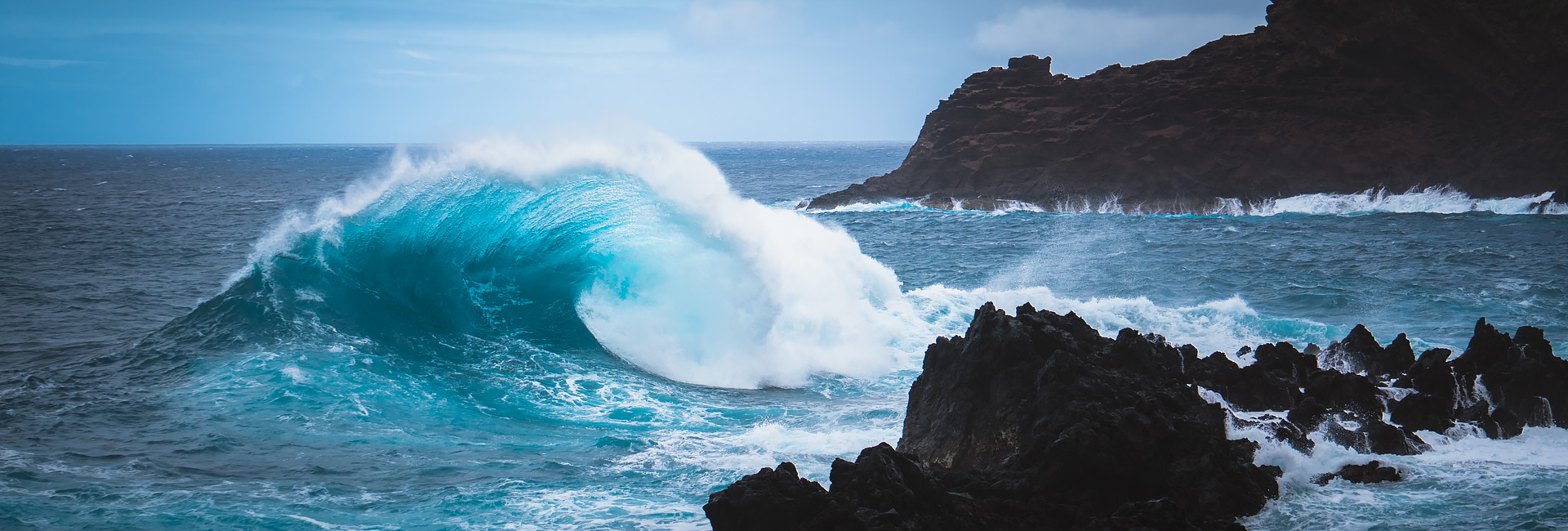
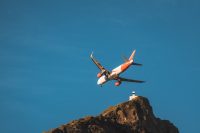
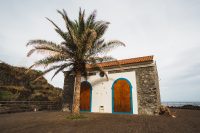
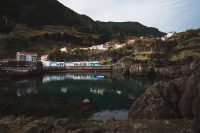
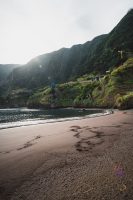
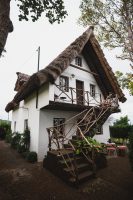
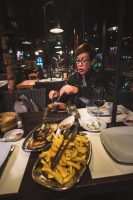
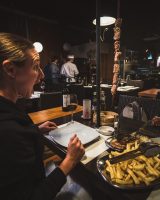
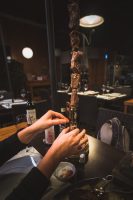

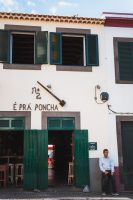
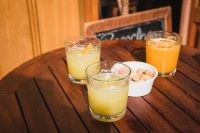
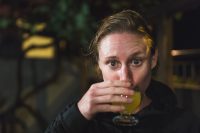
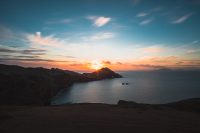
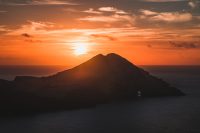
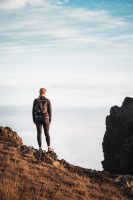

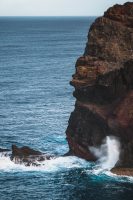
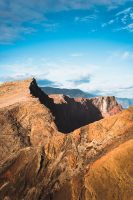
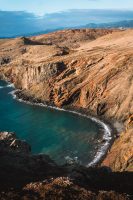
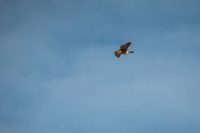
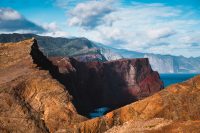
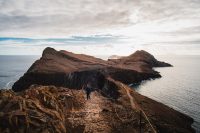
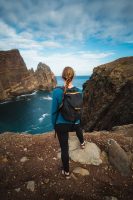
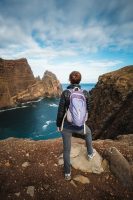
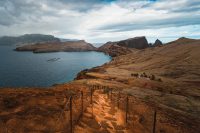
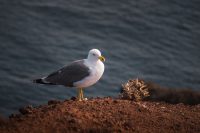
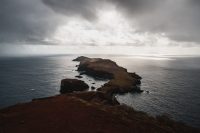
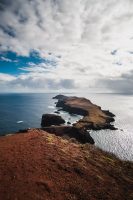
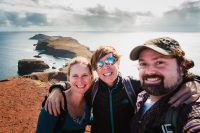
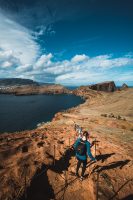
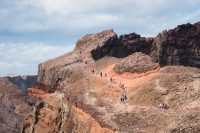
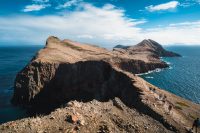
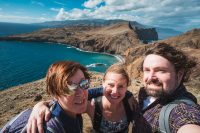
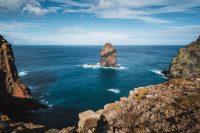
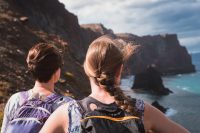
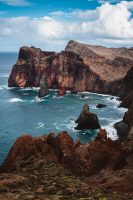
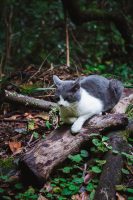
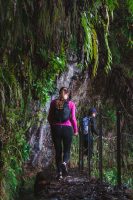
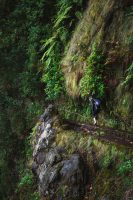
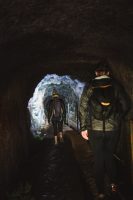
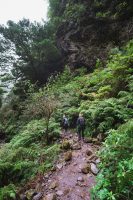
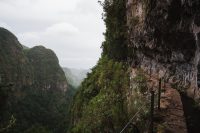
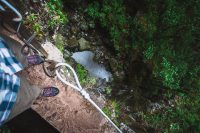
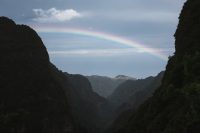
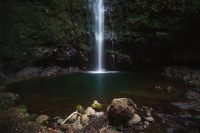
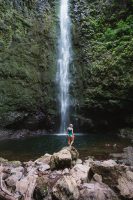
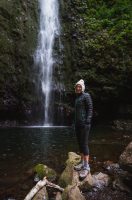
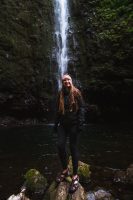
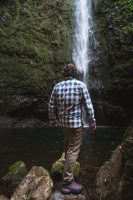
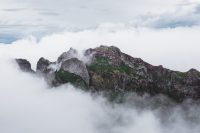
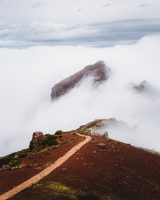
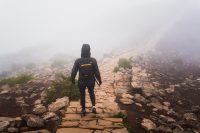
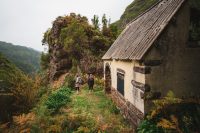
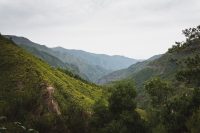
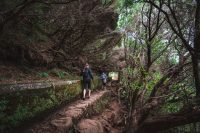
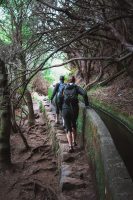
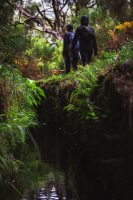
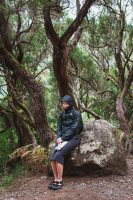
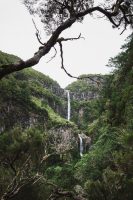
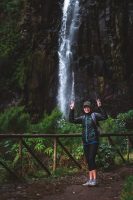
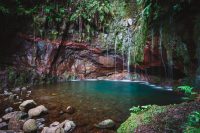
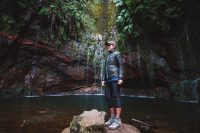
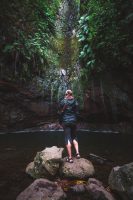
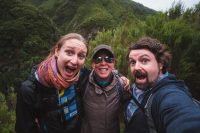
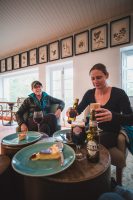
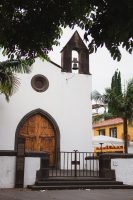
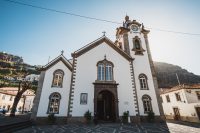
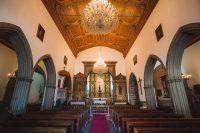
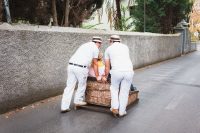
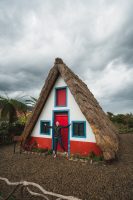
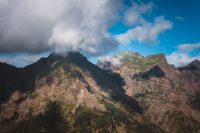
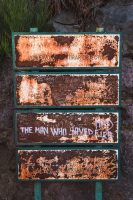
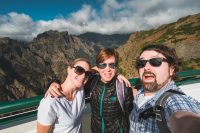
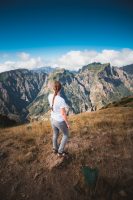
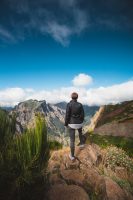
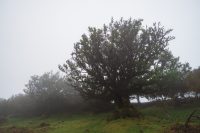
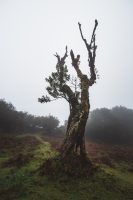
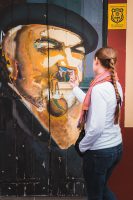
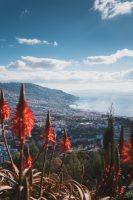
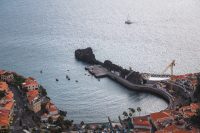
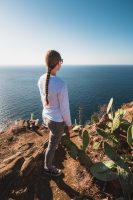
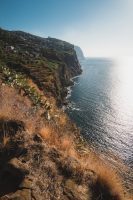
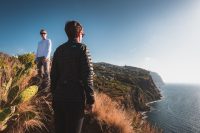
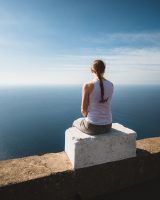
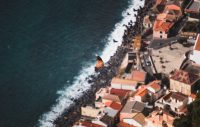
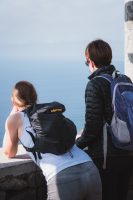
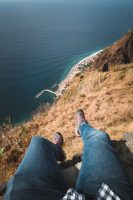
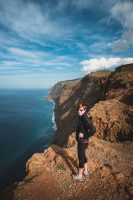
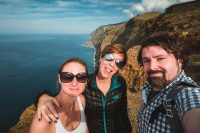
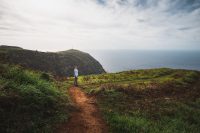
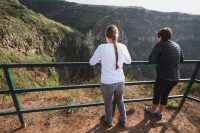

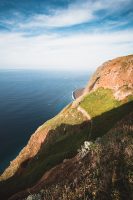
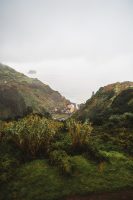
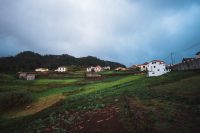
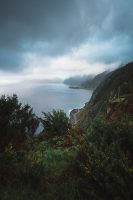
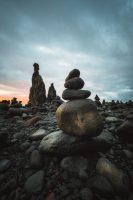
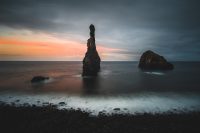
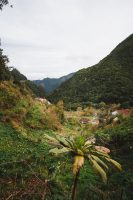
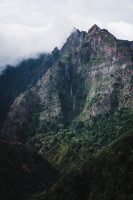
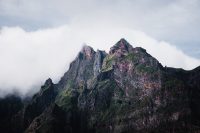

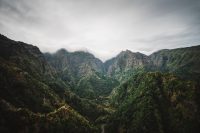
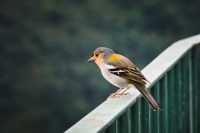
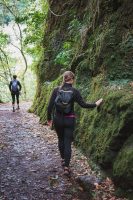
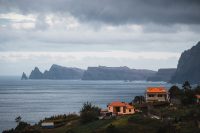
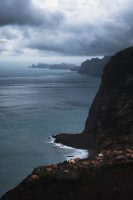
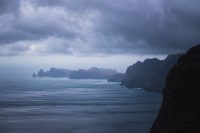
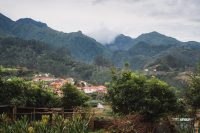
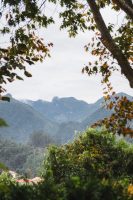
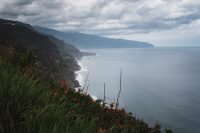
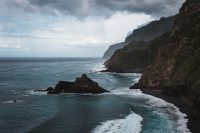
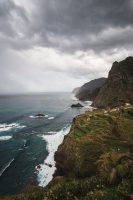
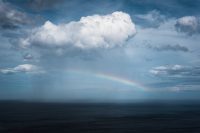
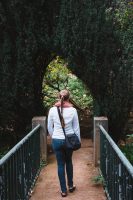
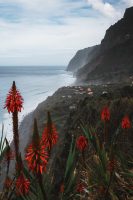
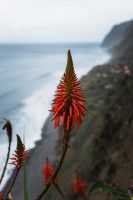
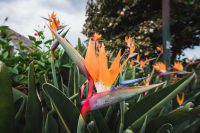
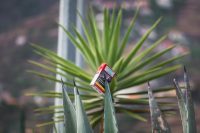
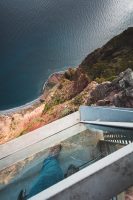
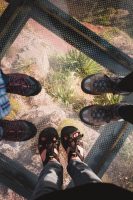
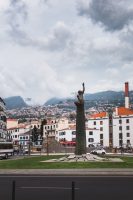
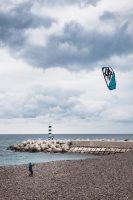
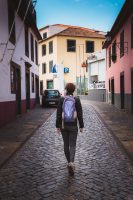
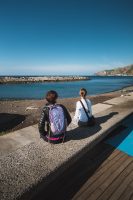
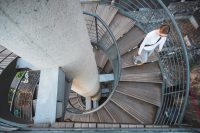
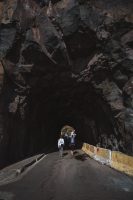
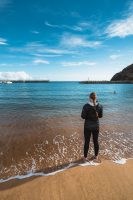
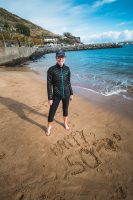
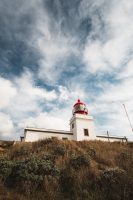
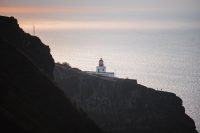
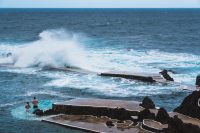
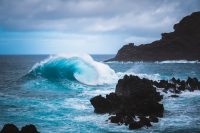
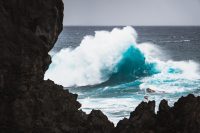
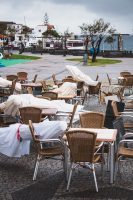
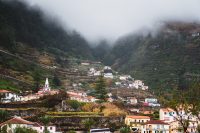
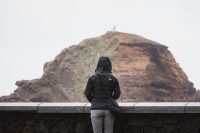
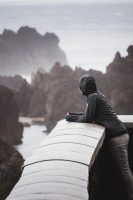
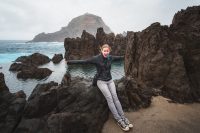
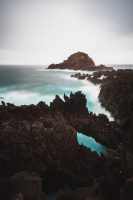
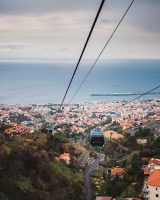
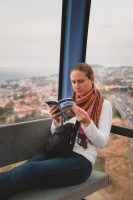
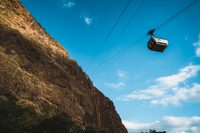
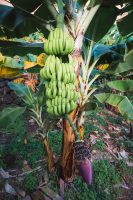
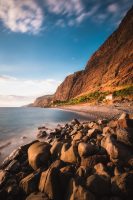
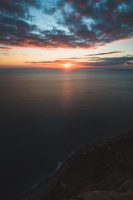
It’s without a doubt an island which has much to offer. Slendour at its best.
Hi Claudia, we couldn’t agree more!
We are going in December and this is the best, most informative article I have seen!! Might be asking a few questions in the future, if you don’t mind. 😏 What month were you there? TIA!
Hi Heather,
We visited Madeira in November so I’d expect December to be very similar! We’d be happy to answer any questions so ask away!
All the best,
Sara + Mike
I have to agree with Heather. Very informative article, and what about the pictures? Beautiful.
Thank you so much!
Ps. Where did you rent your car? Airport or Central Funchal? Thank you!
Hi Raphael,
Thanks so much for your kind words and glad you enjoyed the photos! We rented our car at the airport. The cost was 185,32 EUR for 9 days – that included a 12% premium for the airport location (19,85 EUR). We had a very early flight home and were able to drop the car back at the airport before they opened.
Best,
Sara + Mike